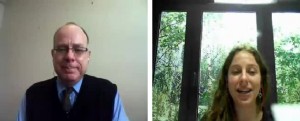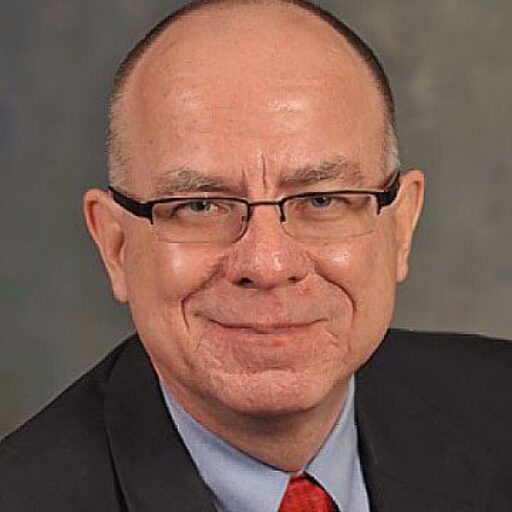 In his book, Staying Sober, Terence Gorksi shares a simple exercise that creates a workable “road map” for the process of making amends. On a sheet of paper, draw lines to make three columns. In the left column, list those who were hurt by my drinking/drug addiction. In the center one, list how they were hurt in very specific terms. And, in the right, list what must be done to make amends with them.
In his book, Staying Sober, Terence Gorksi shares a simple exercise that creates a workable “road map” for the process of making amends. On a sheet of paper, draw lines to make three columns. In the left column, list those who were hurt by my drinking/drug addiction. In the center one, list how they were hurt in very specific terms. And, in the right, list what must be done to make amends with them.
A final step in the process is to determine who can and cannot be contacted and to develop a chronological list of those who will be contacted. The second half of Step 9 offers a warning — there are certain people to whom we should not attempt to make amends. This is because doing so could actually be more harmful than doing nothing. In Step 8 the focus in on a list of all those to whom one is willing to make amends. Step 9 involves talking real action to restore relationships. This requires much more discretion.
A. Some Practical Suggestions: Here are things to consider from the Serenity New Testament:
- Start with those to whom we may turn immediately, such as spouses or close family members.
- There may be those to whom only partial disclosure can be made, because to do more would cause harm to others. We need always to consider the risks to other individuals’ security, privacy, and confidentiality.
- Also there are those to whom amends should be deferred until a later date. Perhaps the hurts are so fresh that our presence would only trigger rage on their part. Maybe we also need to work through some anger and resentments of our own.
- And, there are those whom we should never contact, because doing so would only open up old relationship doors that need to stay closed. This may be especially true in the case of former sexual partners
B. Take Your Time: We don’t want to rush recovering people into going out to make amends with those they have hurt. Because it can be very frightening and stressful, relapse can easily occur during this process. Even with several months of sobriety behind them, they still need a lot of love and support. Coaching can be extremely helpful in regard to specific attempts to make amends. Rehearsing the amends with a sponsor or counselor can be important. This can help them to avoid blameshifting and to keep the focus on their own behavior and actions in the situation.
It never works to say, “I did this but you did that, too.” In certain cases, they may not even be sure of whether a situation requires a real amends or not. And, there are some difficult situations where amends may be required, for instance with an abusive parent. They must be reminded of the fact that making amends does not mean ignoring, excusing, or condoning the abuse and wrong the other person may have done. The main point is that they are still responsible for negative hurtful things they have done in respect to these relationships.
C. The Risk of Rejection: There is a definite risk of rejection that can be a part of making amends. There is no guarantee that people will respond to their request for forgiveness with openness and love. They may have simply experienced too much pain and are not willing to forgive the person and trust them again. And, they cannot be expected to ask forgiveness of them for wrongs they may have committed either. Those who would make amends must be reminded that while others may not respond as they wish they would, it will still do them a world of good. In a sense, it is a bit of a one-sided process. Ultimately, the practice of making amends is more for one’s own conscience than it is about changing other people’s attitudes. We do it because it is pleasing to God and for the sake of our own peace of mind and serenity. We are not responsible for the reactions of others. *
D. Real Healing is the Reward: Great healing occurs when recovering addicts start taking responsibility for the wrongs they have done and move forward constructively to make things right with those they have harmed. This whole process of making amends always begins with those closest to the addict: spouses, children, parents, and other family members. Often, despite initial skepticism, these people may see real change and begin to open their hearts again.
There is no greater joy for rescue mission workers than to see families that have been torn apart and mothers who never knew what happened to their sons or daughters, to see the reunions that could come out of this. It’s such a powerful thing, and these restored relationships can create such motivation for recovery and reward for all the hard work they put into getting to this point. It’s tremendous.
Read the Power of Making Amends (Part 1)
Rescue Magazine, August 1997 Journal of the AGRM

 “If therefore you are presenting your offering at the altar, and there remember that your brother has something against you, leave your offering there before the altar, and go your way; first be reconciled to your brother, and then come and present your offering.”
“If therefore you are presenting your offering at the altar, and there remember that your brother has something against you, leave your offering there before the altar, and go your way; first be reconciled to your brother, and then come and present your offering.”
 According to the
According to the 

